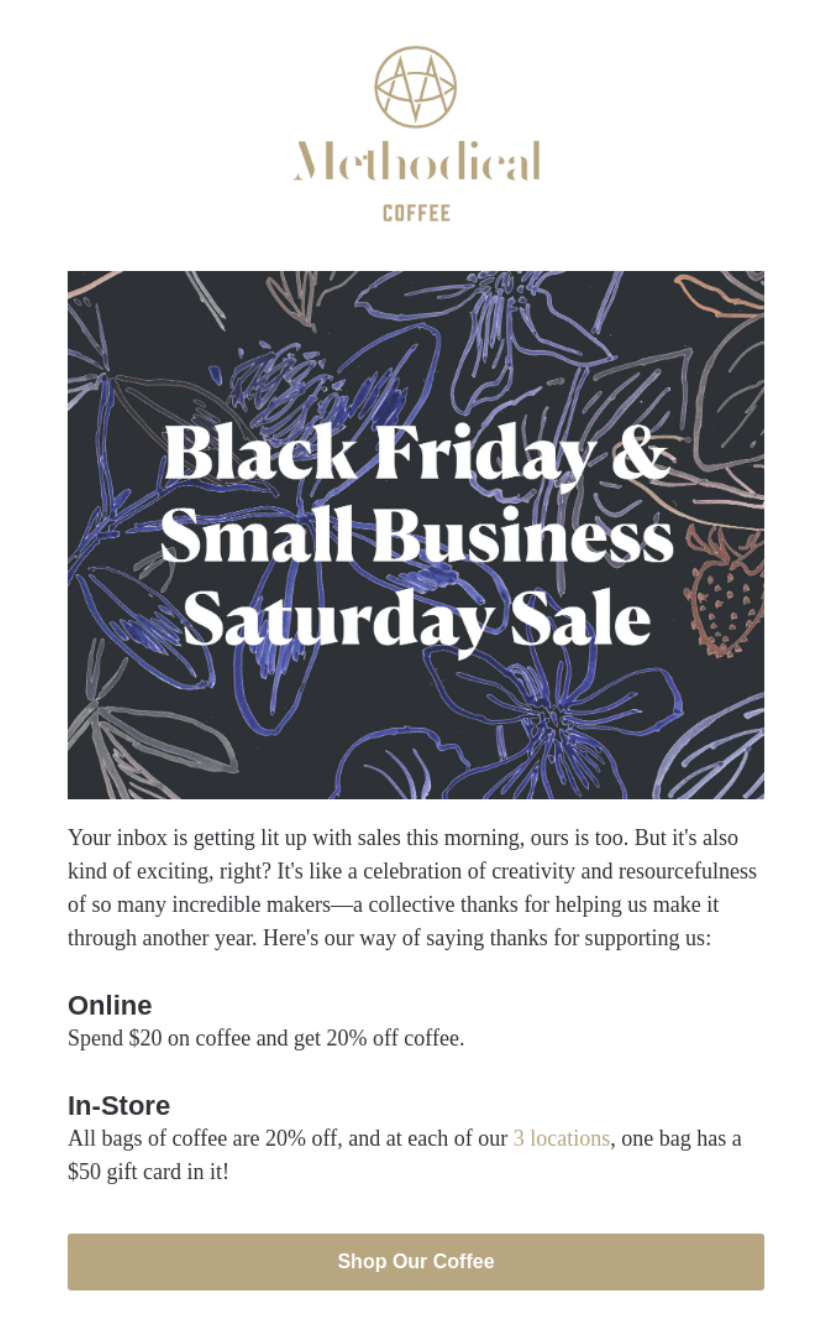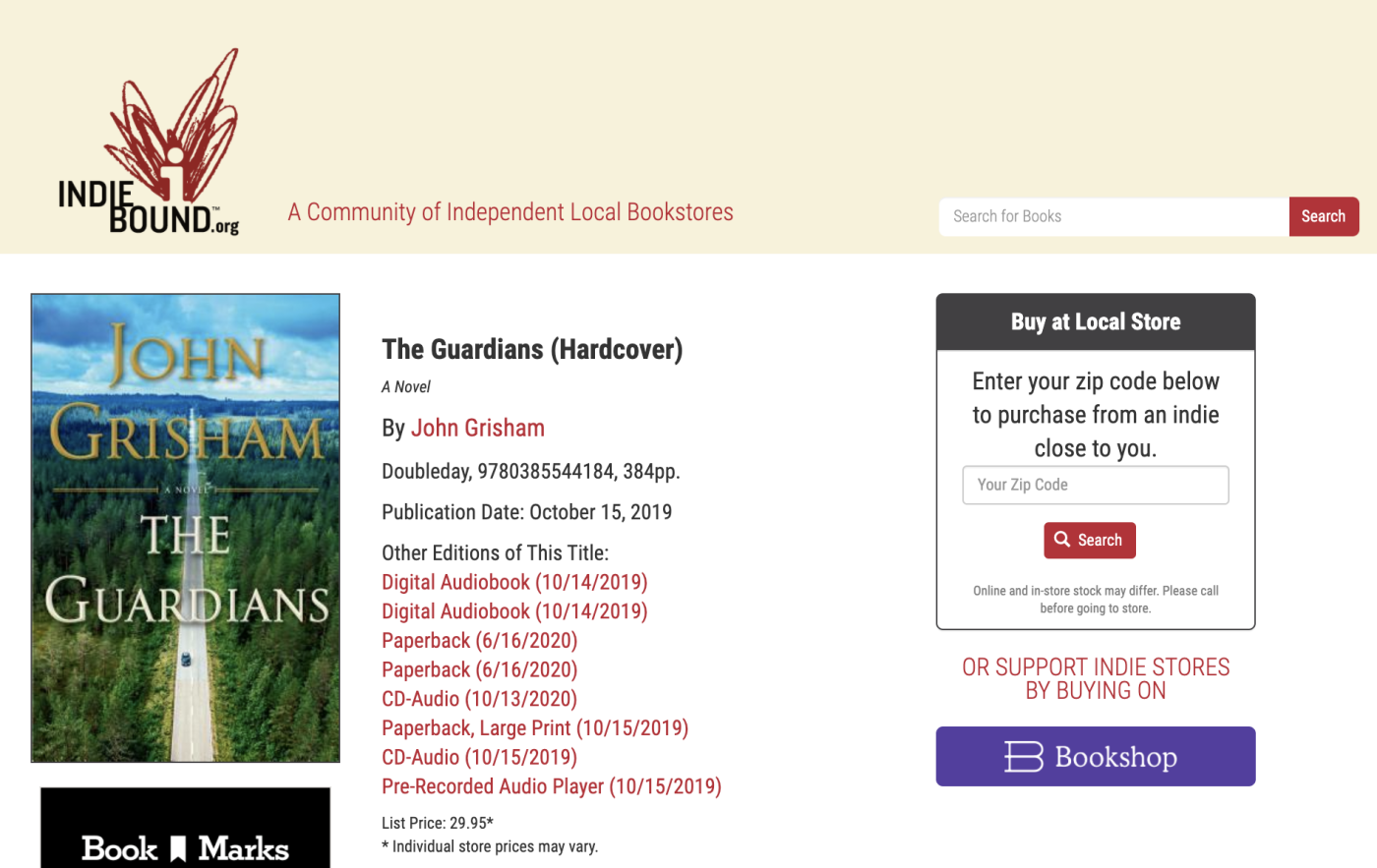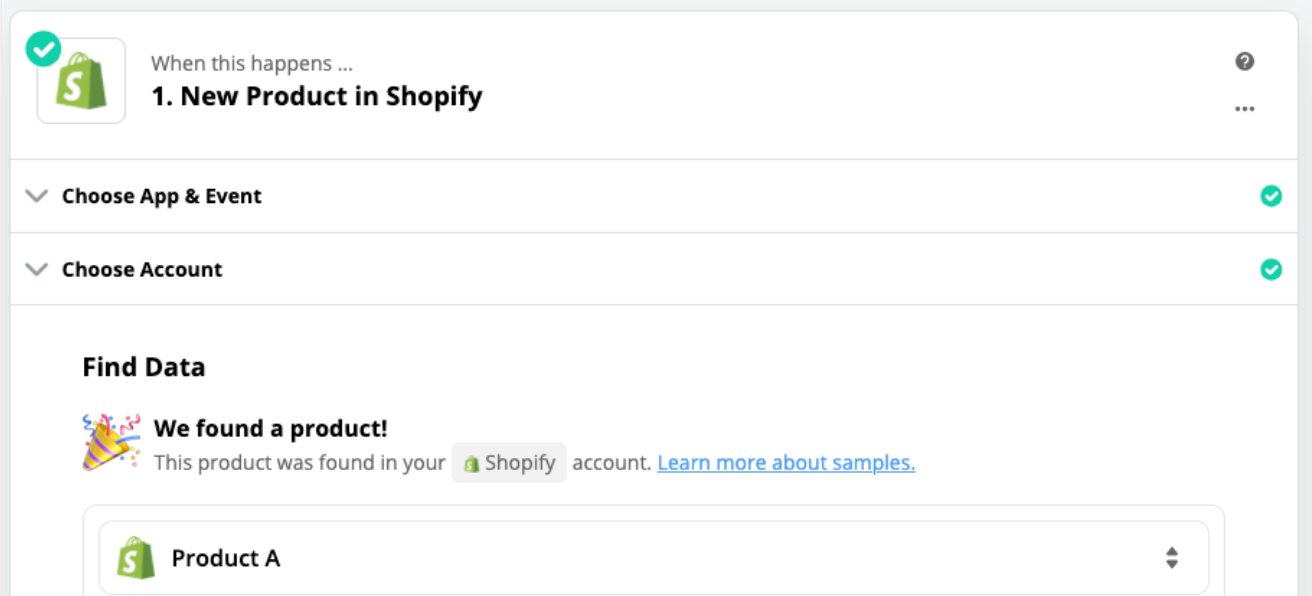Sandwiched between the busy summer and holiday shopping seasons, September and October might seem like a breath of fresh air. In addition to catching your breath, why not use it to better prepare for the upcoming rush?
Take full advantage of the early fall lull by preparing for Black Friday, Cyber Monday, and those crucial first weeks in December. What can you do now? How can you prepare? Here are the five best ways to get an early start on what is undoubtedly the most wonderstressful time of the year for eCommerce sellers.
1. Plan your upcoming deals and promotions
Let's start with one of the most important parts of your holiday sales strategy: your deals and promotions. According to the National Retail Federation, deals are the top reason people shop during Thanksgiving weekend.

You have to find that golden middle ground between profiting, being competitive, and satisfying shoppers. Better to start crunching the numbers to determine what promotions you'll run sooner rather than later. Specifically, here are the areas you'll want to finalize.
Which products to run deals for. Who are this year's MVPs? For starters, you want to consider your current or seasonal best sellers: the products that have already proven their worth in your sales records. However, you also need to consider the trending products in your particular industry for this particular holiday season. We'll talk more about that in the next section.
Optimal pricing. Factoring in the Cost of Goods Sold (COGS), what's the lowest price you can offer while still profiting? Once the shopping season is in full swing, you'll see what deals your competitors are running and may need to readjust your prices to stay competitive. That's why it's best to prepare a range of acceptable prices, so you can drop your prices lower in a pinch.
Best times to run and promote deals. It's not just about what deals to run, but when. Although the weeks from the end of November and beginning of December are busier than the rest of the year, some of the individual days within that period are busier than others. A safe bet is to cover Black Friday and Cyber Monday, as well as Super Saturday, the last Saturday before Christmas (in 2020, that's December 19). But your online store may have its own trends—for example, if you sell winter clothes, you'll get more interest well before Thanksgiving—or your target customers might have their own unique shopping behaviors. Your best bet is to check the sales analytics from last year to see what your strongest days are.
Best places to advertise and promote. You also have to consider publicity and advertising, especially with social media. With every online retailer talking about their own deals, it can be a struggle just to get noticed. That's why you need to be strategic about where you publicize your deals. Stick with social media channels favored by your target customer groups, and compare the costs of advertising on your top options. Also, review your sales analytics to see which channels bring you the most conversions—some channels bring you a lot of traffic but no actual sales, so don't be misled by visitor numbers alone.
Remember, not all holiday deals are strictly financial. Often, retailers offer perks like a gift-wrapping service to give customers a little something extra. Or, if you use branded materials like shipping boxes or custom receipts, you can change the design into more of a holiday theme to get customers in the festive mood. (Think: Starbucks's red holiday cup.)
Don't forget about gift cards, which the National Retail Foundation says 60 percent of people enjoy receiving, making them the highest-rated gift option. You can even use holiday-themed prints, combining gift cards with the branding trend mentioned above. Read more in our guide to last-minute preparations for Black Friday and Cyber Monday.
2. Anticipate best sellers to optimize sales strategies
One of the mentions in the checklist above—knowing which products to run deals for—deserves its own discussion. It's not just about putting your best products front and center. Depending on what your customers are looking for, you may need to expand your product range and add some items to your shelves before the rush begins.
Every year, new products take holiday shopping by storm. Any online retailers that can predict the hot items for the upcoming holiday can both stock up on them and launch promotional campaigns around them.
Of course, that's easier said than done—no one can predict the future. The best you can do is rely on previous data and keep our ears to the ground for new information. If you check your sales analytics regularly, you should already know your roster of best sellers. But customer shopping behavior during the holidays tends to deviate from the norm, so you should also check last year's fourth-quarter data to see which products sold well during the previous holiday rush.
Predicting new trends is much trickier and depends on personal expertise in your field. For example, in the 2019 holiday season, the best selling book was The Guardians by John Grisham. Any bookseller who predicted this early could have stocked up to prepare for the rush. When the winner is determined by "who has it in stock," even small independent stores can compete neck-and-neck with the global conglomerates.

When predicting future sales trends, a little research goes a long way. Scan the retail blogs for your industry and see what your target customers are saying on social media or other online forums. This is something you may need to check back with regularly until it bears fruit.
Another major advantage of pinpointing your best sellers early: stocking up. Having an "Out of Stock" message on your product pages during the holiday shopping season means more than just missed profits—you're also making a bad impression with would-be customers who are visiting your store for the first time.
3. Optimize your online store
It's your big night: what are you wearing? Stylish and distinguished evening wear that makes you look sophisticated and authoritative? Or the same outfit you've been wearing since the spring?
For online retailers, the fourth quarter is your "big night," and you'll see more sales if you're dressed to your best. We're talking about optimizing your site design: fixing bugs, streamlining usability, rewriting text for SEO and finally adding those expansions on your to-do list.
Your site should be perfect by the time your first holiday shopper arrives, so it's best to start any renovations as soon as possible. If you have a bug list, now's the time to address them. If not, ask your customers for feedback. It's not too late to implement a free survey tool to get feedback directly from visitors.

If you've been planning an update or redesign, is it feasible to do before November? Serious site rebuilding can sometimes create new problems that aren't immediately apparent, and you don't want to spend all this time redoing your site only to have some problem with your checkout a few days before Thanksgiving. If you're going to fast-track a site update, make sure you have enough time for spotting errors and debugging.
The importance of site design goes double for mobile. Although, historically, desktop has dominated the majority of eCommerce transactions, new research shows that advantage is shifting to mobile, with mobile sales predicted to account for 45 percent of 2020 eCommerce sales—and those statistics only factor in completed sales, not all the people using mobile devices just for shopping research.
One of the best approaches to optimizing your mobile site is—surprise!—checking previous data. This time, you'll want to check your user data, specifically which mobile devices are most popular with your particular shoppers. This reveals, in no uncertain terms, which screen sizes and operating systems you should prioritize most.

Finally, don't forget to add any complementary features you've been planning. For example, if you want to automate abandoned cart emails or implement a new Shopify integration, it's best to do it now so that you have time to address any issues that may arise.
4. Prepare content ahead of time
The idea is simple: if you can take care of something before the holiday rush, you should. While much of your promotion and outreach can only be done during the big shopping sprees, a lot of your content creation can be done any time—and then filed away to be used when needed.
Blog posts, social media graphics, videos, and other such content can be prepared early and saved until they're ready to be posted online. And because these materials often take a few weeks to produce, now's the perfect time to start. Regardless of how frequently you post, you'll want as much of a backlog as you can get. The more content you have stockpiled, the easier it is to adapt to sudden changes later.
When it comes to what kind of content to prepare for the holiday season, remember to stay on theme. Here are some suggestions:
Gift guides. As a retailer, you're seen as an authority on shopping. That's why many hopeless gift-givers look to you for advice on what to buy their loved ones. Gift guides, like this one, are popular content during the holidays for this precise reason, and they also give you the opportunity to highlight specific products and specific product variations or features.
Product reviews. You can use your retail authority to give your opinions on certain products as well. Product reviews in general are evergreen content, but they get more hits during periods like this when people shop more. Stick within your area of expertise and research which products your target customers are Googling reviews for.
Comparison charts. If gift guides are too simple, you can advance to comparison charts. Particularly skeptical shoppers—which there are a lot of—prefer more in-depth content regarding purchase decisions. Comparison charts that deal more in details, like specific features and prices, can appease even the shrewdest shoppers.
Holiday-themed fun pieces. Not all content strategies revolve around promotion. For brands that prefer the friendly and personal approach, you can release more casual content that still follows holiday themes. Think: "Ways to Spend a Snowed-In Weekend" or "How to Make Your Own Christmas Ornaments," like this one. The operative part is the holiday theme; that's what people want to engage with during the holidays.
5. Automate whatever you can
It's easy to get wrapped up in your day-to-day workflows and never take a step back to see what you could streamline. Now's the time to do just that—make automation a habit.
In eCommerce, there are plenty of time-saving automations you can use all year—things like automatically following up on sales. But there are plenty of tasks that ramp up during the holidays. Automating them now will save you precious hours when the rush hits.

What you automate will depend on the apps you use, but there are some universal options. For example, by automating your social media marketing, you can automatically post content across all your platforms, let people know when you have new blog posts, and track your social mentions.
Need some inspiration to get started? Learn how you can automatically post Shopify items to Pinterest.
The objective may be simple—stay on the ball—but actually managing that is anything but. Not everything will go as planned, but if you're organized and prepared, you can react and pivot as needed when the holiday rush starts.





